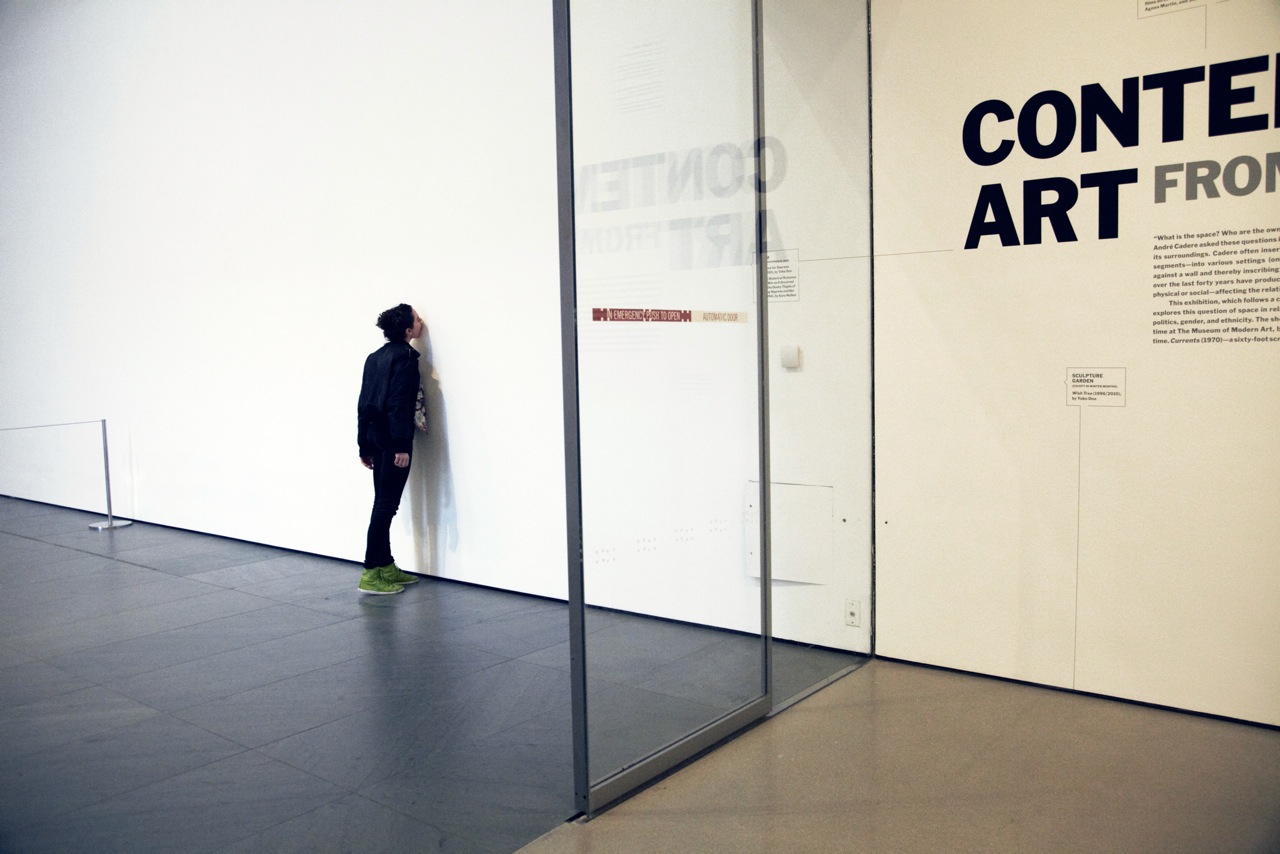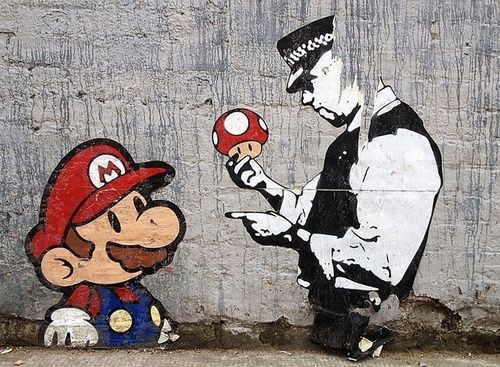Are Interactive Films Transforming Modern Storytelling? Sundance’s New Frontier Has the Answer
This is a really interesting and thought provoking article I read on IndieWire. You guys can check their site for more cool stuff too.
So it is talking about Sundance which is this huge film festival and there are a lot of really good independent films that show there. I usually am more drawn to these stories and concepts rather than the big summer blockbusters and immense screen presences.
Here we see that Sundance has recently embarked since about 3-4 years ago on a totally new category of films – Interactive Films. I certainly feel that this is a step forward for the modern film lover. Of course we cannot have all film going this direction either. But I appreciate the experimentation and this new ways of letting a story unravel in a sense that film makers now are not spoon-feeding us. They expect the audience to pick up our interest in what we see and decide for ourselves what we want to see and what we make of that. And this can be a very powerful experience.
I picked out from the article this example which is I Love Your Work (2003) which is a piece by Jonathan Harris. We have seen some of his work during class like Whale Hunt and his Birthday photography series. So this is done in the format of an Interactive Film and we can see how his photography experience and the way he presents his photos in those interfaces he created on his website, has translated into this film work. I Love Your Work is very realist and raw. We go into the everyday lives of nine young women who engage in lesbian porn. Over 2 thousand 10-second clips were shot taken at five-minute intervals over 10 consecutive days. So it is very candid. And we can interact with the interface to view around six hours of footage.
However it is capped at 10 viewers per day, and tickets cost $10 for each viewing, so I haven’t seen it. Probably in the near future when I can have time to really appreciate and experience this work as I think it will be quite interesting.






 Maria Anwander’s act of french kissing the exhibition wall at MOMA after she stuck the label. The old man contemplates the work as did all the other unsuspecting visitors to the gallery.
Maria Anwander’s act of french kissing the exhibition wall at MOMA after she stuck the label. The old man contemplates the work as did all the other unsuspecting visitors to the gallery.
